Breast Augmentation in Baltimore
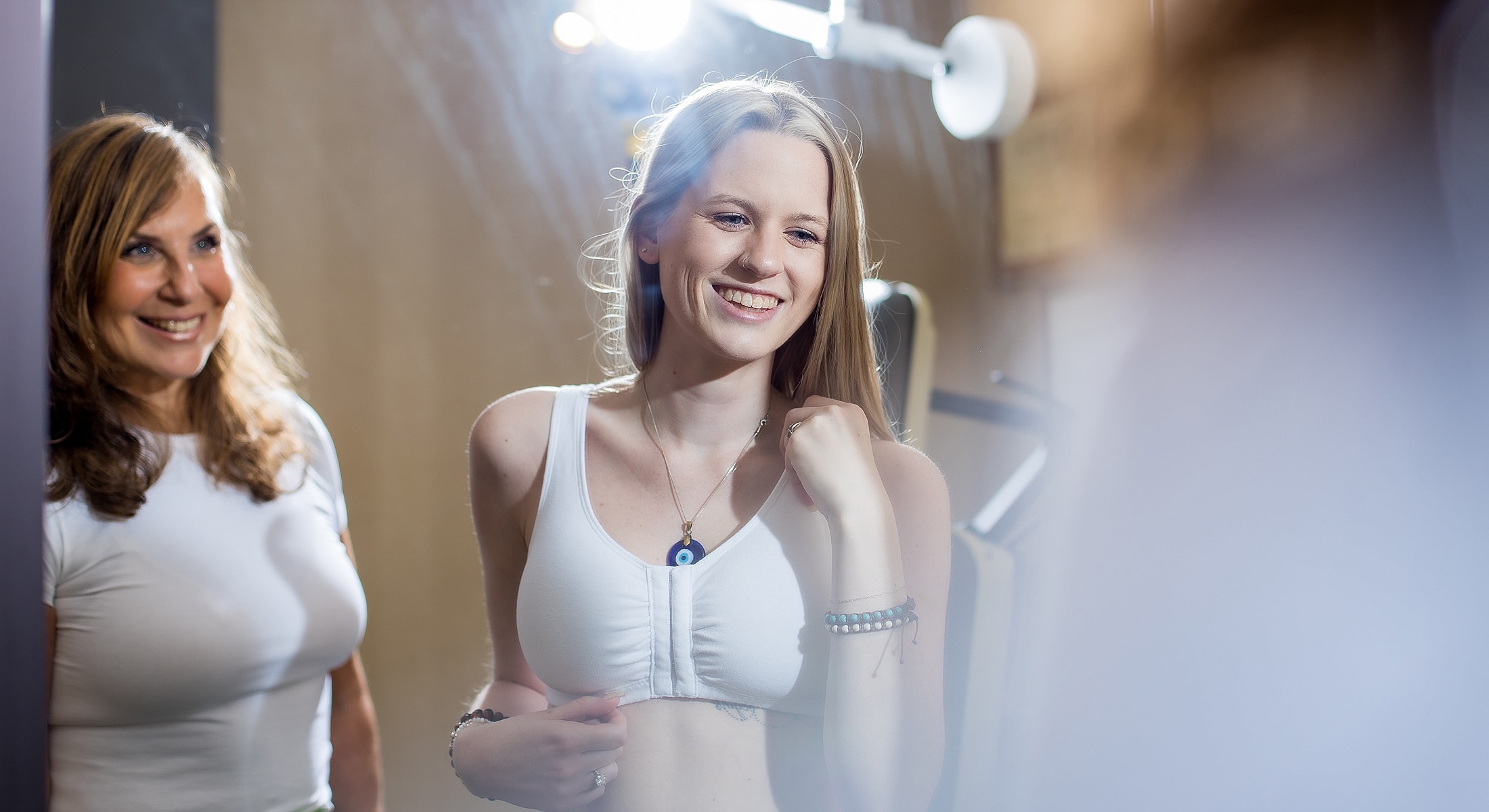




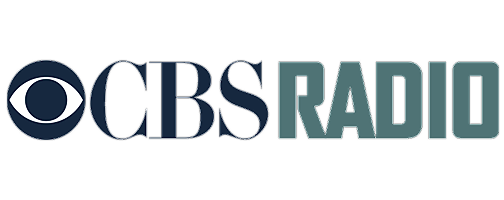

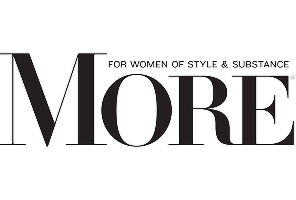













Some women prefer larger, more shapely breasts to enhance a curvy soft shape. Other women hope to achieve balance in their bodies, and aim for more conservative enhancement to improve proportions. Others are looking for improved symmetry or revision after remote history of breast augmentation. That's where Board-Certified Dr. Michele Shermak can help. As one of the top female plastic surgeons in the country, Dr. Shermak specializes in providing stunning, natural-looking results with breast augmentation in Maryland.

1 of 78
Breast augmentation, or mammoplasty, is a popular cosmetic surgical procedure, often ranked as the second most performed cosmetic procedure behind liposuction. Our Baltimore breast augmentation is designed to improve breast size, shape, symmetry, and overall appearance.
This is typically achieved through the precise placement of customized breast implants, which come in various types, including saline and silicone, and offer different profiles and textures.
The purpose of breast augmentation extends beyond simply adding volume; it aims to enhance symmetry, create a more defined cleavage, and restore fullness that may have been lost due to factors such as pregnancy, breastfeeding, weight fluctuations, or natural development. This procedure empowers individuals to achieve a more proportionate and confident silhouette.

Your breast augmentation journey at Dr. Michele Shermak Plastic Surgery in Baltimore begins with an in-depth, personalized consultation. Here, Dr. Shermak will discuss your aesthetic goals, perform a thorough examination, and guide you through the breast implant options (size, shape, material) to determine the ideal choice for your body. Communication is key in this step, and Dr. Shermak will assure her patients their expectations will be met when surgery is over.
If you’re looking at getting breast implants in Baltimore, your first step will involve a private consultation. During your consultation, Dr. Shermak will spend time with you, learning about your medical history and performing a physical examination. You will then have the opportunity to try on our actual breast implants in a bra; these implants will match those that you can ultimately have placed during your surgery.
Dr. Shermak will personally size you herself, and if you have questions or concerns about your choice, she welcomes you to return prior to your surgery date to ask any questions you might have, so you can have a very good idea of what you will see after surgery is done. The choice is yours, and Dr. Shermak will be happy to offer any expertise to assist in that decision.
For breast augmentation Baltimore patients should know that there are several common incision options that a surgeon may choose from, depending on factors such as the patient's anatomy, desired implant type, personal preference, and anticipated outcomes. Here are the main types of incisions used for breast augmentation:
The choice of incision depends on factors such as the type and size of the implant, the patient's anatomy, data-based outcomes, and the surgeon's expertise and preference. Discussing these options with Dr. Shermak, a board-certified plastic surgeon, is important to determine the best approach for your personalized breast surgery.
The layers of the chest include skin, breast, muscle, ribs, and lungs, from superficial to deep. Breast implants are placed either above the pectoral muscle directly (behind the breast tissue) or under the muscle above the ribs. The more common choice for breast implant placement is under the muscle. This location has a lower likelihood of visibility and scarring (capsular contracture) and assists later in mammographic screening.
Another aspect of your consultation will be choosing your preferred type of breast implant. The two primary types of available implants are silicone implants and saline implants.
After you’ve had your initial consultation and chosen your preferred breast implants, your breast augmentation surgery will be an outpatient procedure performed under general anesthesia. It will take about an hour between wheeling in and wheeling out of surgery.
To begin, Dr. Shermak will make small incisions either around the nipples, along the natural folds of your breasts, or under your arms. The locations of your incisions will depend on your specific preferences and treatment plan.
Next, Dr. Shermak will create a space, or “pocket” for the implant. She will first place a sizer implant to ensure the implant chosen will be the best fit. After determining the exact size, she will insert your customized implants and carefully position them to achieve your desired results. If you’ve selected saline implants, they will be filled to their final volume with saline solution after being inserted. Prior to placing implants Dr. Shermak will infuse numbing medicine to the surgical sites to ensure postoperative comfort.
Once Dr. Shermak has positioned your breast implants, she will close the breast in layers, ensuring the wound is best closed and the implant is best protected. Your incisions will be approximated with absorbable sutures, and waterproof bandages will be applied to the treatment area, allowing for you to shower the next day.
You’ll then need to be monitored in a recovery room for about an hour while your anesthesia wears off. At that point, you can get a ride home from a friend or family member.
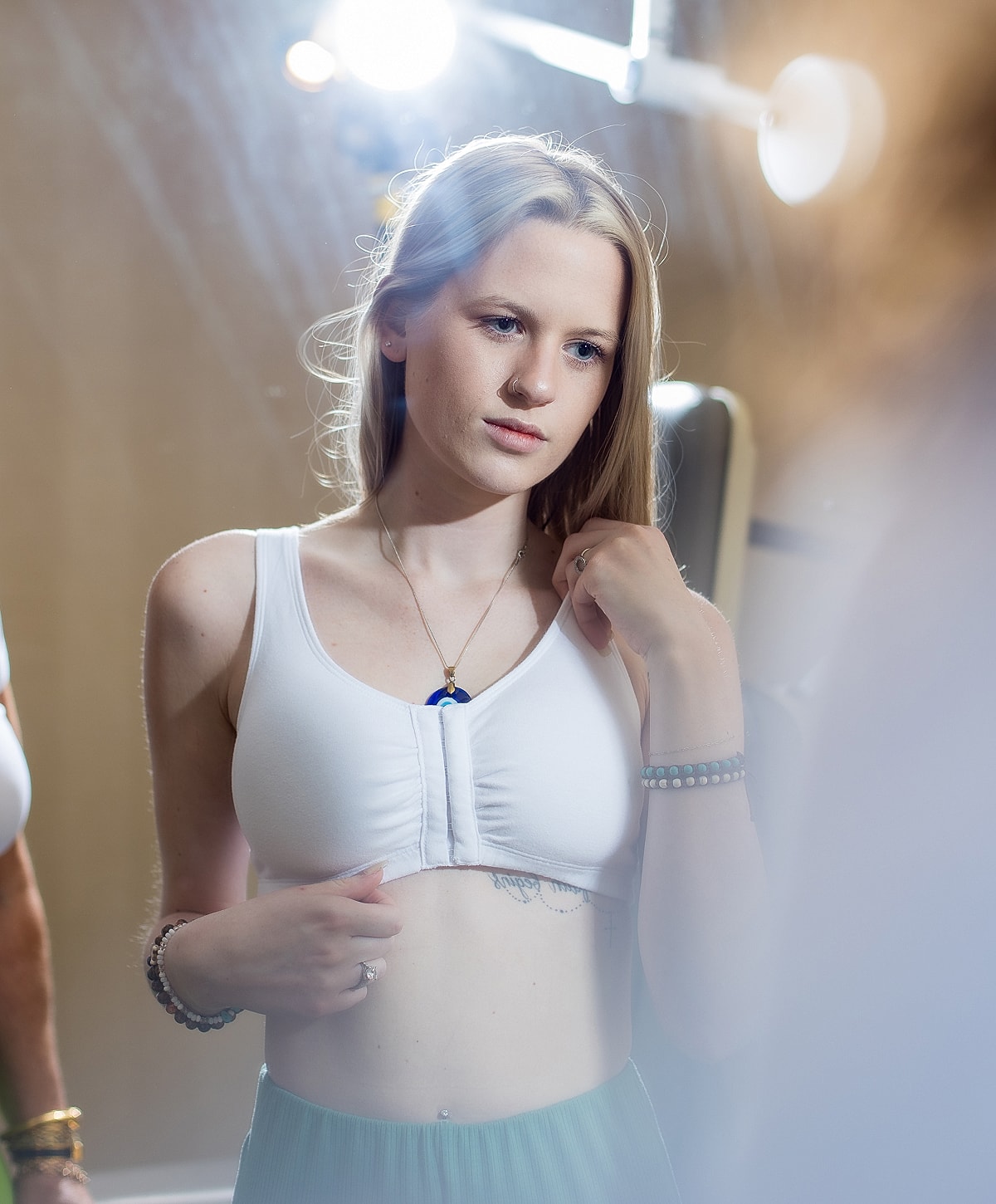
“I had a wonderful experience with Dr. Shermak and her team. Thank you for making me feel so cared for during and after my surgery. I am so happy with my breast augmentation, and I would do it 100x over again. I feel so much more confident and happy with my body :)”
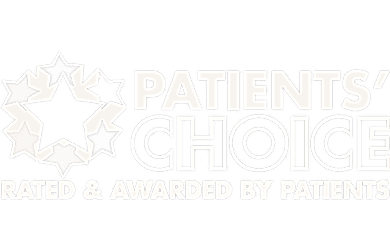
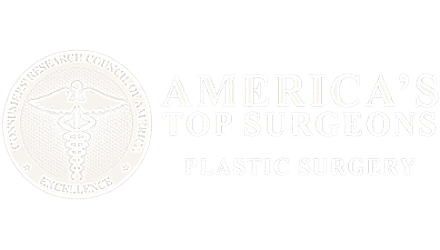
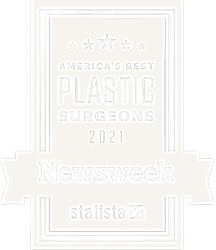
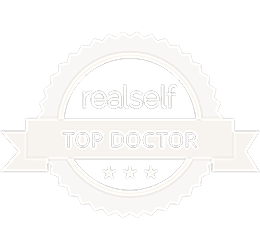

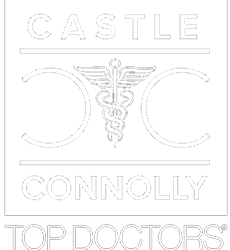












Breast augmentation surgery is an effective solution for several common aesthetic concerns related to breast appearance.
It proficiently adds breast volume to naturally small or sagging breasts, corrects asymmetry between the breasts, and restores lost volume and fullness following pregnancy, breastfeeding, or significant weight loss. Furthermore, it can enhance cleavage and improve overall body proportions, allowing clothing to fit more comfortably and appealingly. For many, the procedure helps to achieve a more balanced figure, leading to enhanced self-perception and personal comfort.
Our Baltimore breast augmentation surgery specifically targets the breast mound and chest wall, strategically increasing volume and refining the contour to create a fuller, more balanced bustline.

Breast augmentation in Baltimore is a transformative cosmetic procedure that can provide all of the following benefits:

If you’re an adult woman who would like to attain larger breasts, you could be a good candidate for breast augmentation in Maryland.
The procedure can often be an effective option for women who have lost the fullness and/or shape of their breasts due to pregnancy, weight changes, or the natural effects of aging, those who have not developed fully or evenly, or those who want more volume than they have.
To undergo breast augmentation, it’s also important to meet the following requirements:
You can expect to experience temporary discomfort, swelling, or numbness after your breast augmentation in Baltimore.
Dr. Shermak can prescribe pain medication if needed, and she may also instruct you to wear a surgical support bra for several weeks, which can help reduce swelling. Most women are able to resume regular non-exertional activities, go back to work, and return to low-impact activity after a single week. However, more intensive exercise and lifting are discouraged for at least three to four weeks after the surgery to ensure that you heal properly and achieve optimal results.

For over 26 years, Dr. Michele Shermak has been a trusted name in plastic surgery, providing exceptional breast augmentation results to patients in Baltimore and across Maryland.
Since establishing her practice in January 1999, she has performed over 1,800 breast augmentations, earning a reputation for surgical excellence, precision, and compassionate care.
As a board-certified plastic surgeon and a member of the American Board of Plastic Surgery (ABPS) Board of Directors since 2022, Dr. Shermak remains at the forefront of advanced techniques and patient safety. Her personalized approach ensures that each procedure is tailored to your unique goals, delivering natural-looking, beautiful results.
Schedule a confidential consultation today to explore your options for breast augmentation with one of Baltimore’s most respected plastic surgeons.
You will notice an immediate increase in breast size and improved shape directly after surgery, though initial swelling will be present. You should recognize the results you achieve from sizing performed prior to surgery. The more refined and final results will gradually emerge over several weeks to months as swelling fully resolves and the implants settle into their ultimate position.
Breast implants are designed for long-term use but are not considered lifetime devices. While many patients enjoy their results for 10-20 years or more, implants may eventually require replacement due to rupture, capsular contracture, or simply changes in aesthetic preference or the body's natural aging process. Regular follow-up with Dr. Shermak is recommended.
Anticipate a fuller, more shapely breast that harmonizes with and/or enhances with your overall body frame. Your breasts will feel natural, and you will likely experience increased confidence in clothing and swimwear, enjoying a more feminine and balanced silhouette.

Prior generations of silicone gel implants lasted 15 to 20 years. Based on improvements in technology and production, we expect gel implants to last on the order of 25 to 30 years, possibly longer. Saline implants are not as durable as silicone and might last somewhere between 15 and 20 years. We will schedule follow-up visits after your surgery to assure that the implants are intact and in good condition. In the rare case that they are not, implant companies fully warranty their implants for three years covering all costs related to implant removal and replacement.
While implant rupture can occur, this is rare within the first 10 years. The risk of rupture does increase over time related to wear on the implant. If this is a concern for you, Dr. Shermak will be happy to discuss options that may minimize your risk of rupture and other complications.
Breast augmentation aims to increase breast size, improve breast shape, and enhance symmetry through the placement of breast implants. While some women hope to achieve better proportionality, others desire more notable enhancement. Dr. Shermak will determine your goals and get you to your desired size and shape, whether it be a “non-boob-job boob job” or a fuller look with better cleavage.
The primary types are saline implants (saline solution in a silicone shell) and silicone gel implants (silicone gel in a silicone shell). Each has distinct characteristics regarding feel, appearance, and FDA approval age limits. Silicone implants range in firmness, from soft to more of a gummy-bear feel. Dr. Shermak will go through all of your options.
Common incision locations include the inframammary fold (in the crease under the breast), around the edge of the areola, or in the armpit (transaxillary). Dr. Shermak will discuss the best option for your desired outcome and anatomy.
While most women with implants can successfully breastfeed, breast augmentation can sometimes impact milk production or delivery depending on the incision type and implant placement. This is an important topic to discuss with Dr. Shermak if you plan to breastfeed in the future.
Capsular contracture is the most common complication of breast augmentation, where the scar tissue capsule that naturally forms around an implant tightens and squeezes the implant. It can cause the breast to feel firm, look distorted, and sometimes cause pain. Dr. Shermak guides her patients on how to massage the implants after surgery to protect against scar formation.
Breast implants are not lifetime devices and may require replacement due to rupture, capsular contracture, or simply personal preference or changes in your body over time. There is no “10 year rule.” Breast implants often can last over 20 years. You should have your implants checked if you detect a change in firmness, discomfort, or symmetry over time.
The cost of breast augmentation with Dr. Shermak in Baltimore can vary depending on several factors, including the type of implant, the chosen surgical technique, and any associated procedures, like a lift or fat transfer. On average, the cost for a straightforward breast augmentation typically ranges from $6,700 to $8,400. This estimate includes Dr. Shermak's surgical fee, anesthesia fees, facility fees at an accredited surgical center, and the cost of implants.
Dr. Shermak, a board-certified plastic surgeon renowned for her exceptional skill and patient-centered approach, prioritizes patient safety and optimal results. During your consultation, you will review your medical history, undergo a physical examination and size various implants to achieve your goals. You will also be presented with a cost for surgery, as well as financing options that may be available to help manage the cost of breast augmentation.
Gingrass, M. K., & Shermak, M. A. (2006). The treatment of gynecomastia with ultrasound-assisted lipoplasty. Aesthetic Surgery Journal, 26(4), 369–373